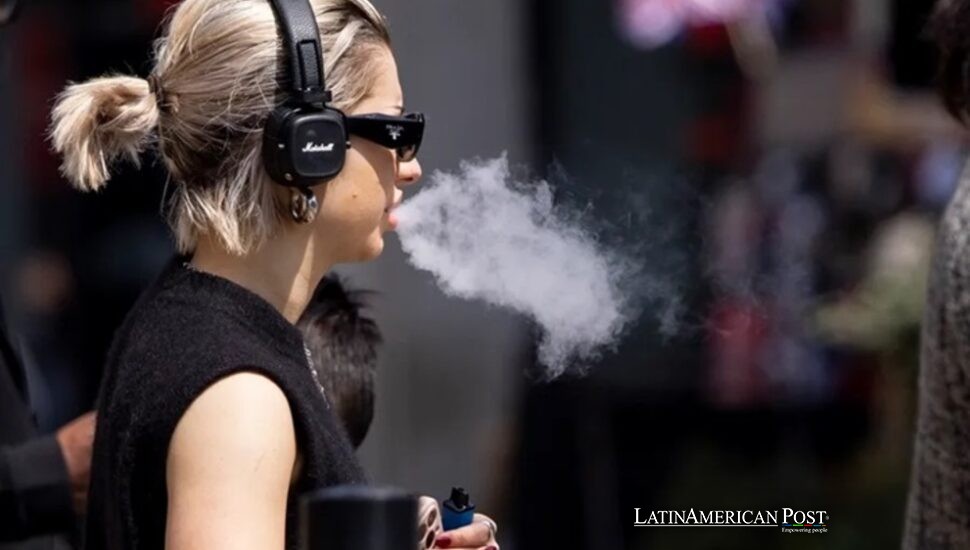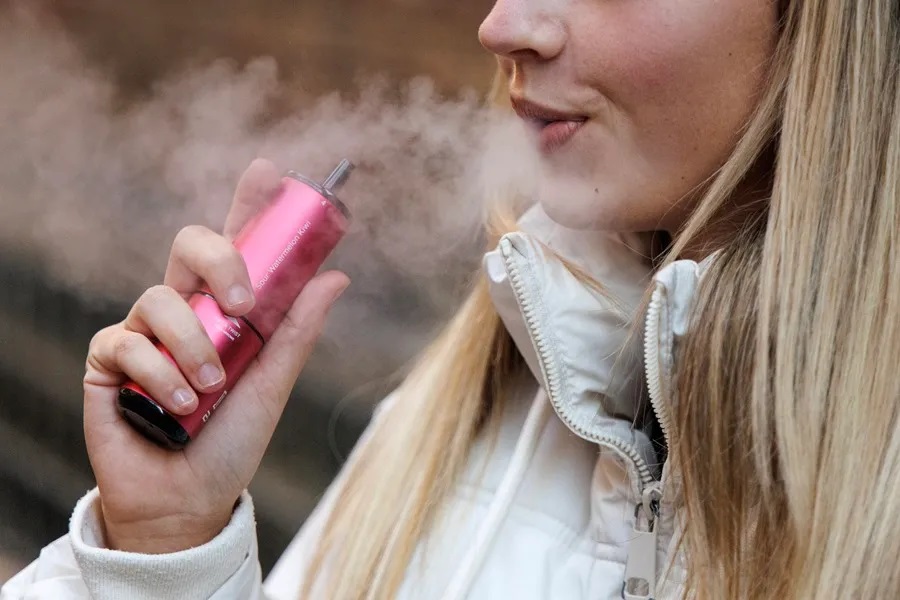Uruguay’s Bold Disposable Vapes Ban Boosts Environmental Awareness

Clouds of sweet-smelling vapor drifted down Montevideo’s Avenida 18 de Julio for years. Last month, they vanished overnight, swept away by Uruguay’s decision to ban disposable vapes—a signal flare to the rest of Latin America that single-use e-cigs have outstayed their welcome.
A Second Wind for Tough Tobacco Laws
Uruguay earned praise in 2006 when it became the first nation in the Americas to outlaw indoor smoking. Now, Health Minister Cristina Lustemberg has revived that pioneering spirit. Speaking to La Diaria, she called disposable vapes “an elegant new trap,” announcing regulations that forbid import, sale, advertising—even puffing one on a deserted beach. Historians at the Universidad de la República note the symmetry: President Tabaré Vázquez fought Big Tobacco in the 2000s; twenty years later, his successors confront a tech-savvy nicotine industry targeting teenagers with bubble-gum flavors and neon packaging.
Uruguay is hardly alone. Brazil, Mexico, Argentina, and Venezuela have blocked or throttled e-cigarette commerce since 2022. What changed? A 2023 WHO survey found teenage vaping in several Latin American capitals now exceeds adult use, reversing years of hard-won progress against cigarettes. Policymakers fear history repeating itself: once, Marlboro billboards glamorized smoke; today, TikTok influencers unbox pastel vapes the size of lipstick tubes. Uruguay’s edict aims to break that feedback loop before another generation must unlearn dependence.
Sources: Ministry of Health press briefing, April 2025; WHO Global Youth Tobacco Survey, 2023; Universidad de la República, Historia de la Política Antitabaco en Uruguay, 2024.
Nicotine’s Plastic Shadow
The health care is urgent, but the environmental math is equally grim. Each disposable device hides a lithium-ion cell, a micro-circuit smeared with lead solder, and three milliliters of nicotine salt suspended in propylene glycol. PAHO scientists estimate Latin America tossed 120 million single-use vapes in 2024—enough lithium to power 1,400 electric cars. Once crushed in landfill compactors, damaged batteries spark fires that race through waste piles like dry cane fields.
Marine biologist Tatiana Píriz describes another risk: “Sea turtles mistake the caps for jellyfish. Inside, we find metal shards and sticky nicotine residue.” Her team at the Uruguayan NGO Océano Vivo has logged seventeen such strandings since January. Recycling could, in theory, reclaim the metals, yet the gadgets are glued shut to keep costs low. Municipal engineers confess they lack tooling to pry them apart safely. Thus, Uruguay’s ban doubles as a stop-gap environmental policy—cut the stream at the source, then tackle the debris already choking rivers and beaches.

EFE/EPA/Tolga Akmen
From Harm Reduction to Double-Edged Sword
Early e-cigarette studies—among them Selya et al., Addiction, 2018—suggested vapes could help veteran smokers taper off combustible cigarettes. That promise still holds for some adults. Yet newer work by cardiologist María Hamann (Revista Médica del Cono Sur, 2023) flags elevated blood-pressure spikes and endothelial damage in habitual teen vapers who have never smoked before.
Uruguay’s public school data echo those findings: ninth-grade nicotine exposure fell for conventional cigarettes but ticked up 6 percent once flavored disposables hit corner kiosks. “We watched a public health see-saw,” says epidemiologist Luis Raimondi. “Every peach-ice cloud erased a piece of our progress.” The Pan American Health Organization warns of a “gateway drift,” where young vapers graduate to unfiltered cigarettes for a more substantial hit—an echo of patterns charted in North America and Europe. Banning disposables, authorities argue, yank away the most seductive rung on that ladder while lawmakers craft broader anti-nicotine strategies.
Bootleg Clouds and the Road Ahead
Prohibition breeds loopholes. Already, Telegram groups advertise “ghost vapes” shipped via Paraguay. Customs director Eduardo Secco vows stepped-up border patrols but concedes that enforcement alone cannot smother demand. Uruguay plans parallel campaigns: classroom workshops on nicotine science and pilot programs to collect the half-million pens already littering the country. Meanwhile, start-ups in São Paulo and Guadalajara prototype refillable devices made from bioplastic casings and snap-out batteries, betting regulators will favor gadgets built for circular recycling.
Health advocates see an opening for regional coordination. Black-market margins shrink if MERCOSUR members adopt standard excise codes and traceable supply chains—similar to EU tobacco tracking. “This isn’t about moral panic,” Lustemberg insists. “It’s about chemistry, child safety, and the planet.” Whether the strategy works will hinge on relentless follow-through: confiscating contraband without penalizing adult cessation efforts, funding labs to study long-term vape toxicity, and, most of all, convincing teens that a biodegradable future is cooler than a disposable high.
Also Read: Galapagos Giant Tortoises Mark 50 Years of Triumphant Comeback
Credits: Reporting: Latin American Post and La Diaria staff. Scientific references: WHO, PAHO, Addiction journal, Revista Médica del Cono Sur. Environmental data: Océano Vivo NGO, Montevideo Sanitation Authority. Policy analysis: Universidad de la República, MERCOSUR Health Commission.




